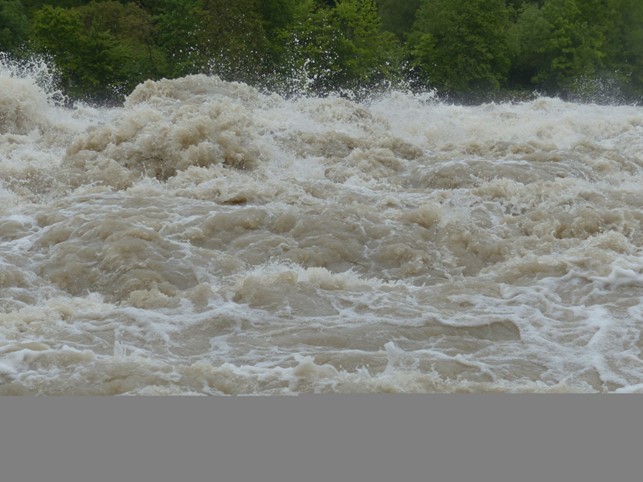
Nigeria submerged: shortcomings in emergency management system
Despite warnings from meteorological and hydrological agencies, thousands of victims were hit
The devastating floods that have hit Nigeria in recent months have highlighted serious shortcomings in the country’s emergency management system. Despite the warnings of meteorological and hydrological agencies, thousands of people have been left homeless and dozens have lost their lives.
Devastating consequences
The floods, largely attributed to climate change and poor land management, hit the north of the country in particular, but other regions were also hard hit. Entire villages submerged by water and families forced to flee their homes. At least 170 people have died, a figure that could unfortunately rise.
The root causes
The floods in Nigeria are the result of a combination of factors, including:
- Climate change: The increasing intensity and frequency of rainfall caused by global warming increases the risk of flooding
- Poor land management: Deforestation, wild urbanization and the construction of infrastructure in areas at risk increase vulnerability to flooding
- Lack of investment: The lack of investment in water infrastructure and civil protection systems makes the country more vulnerable to natural disasters
Alarms ignored?
The Nigerian authorities had been warned of the risk of flooding. The National Meteorological Agency (NIMET) and the Hydrological Agency (NIHSA) issued early warnings, but preventive measures appear to have been insufficient. Many communities have not been adequately prepared to cope with an event of this magnitude.
The lack of drainage infrastructure, the lack of effective early warning systems and the lack of evacuation plans have contributed to the worsening situation. In some areas, dams have collapsed, triggering devastating flood waves.
Towards greater resilience
To meet the challenges posed by climate change, Nigeria must invest heavily in disaster prevention. Concrete measures are needed to:
- Improve early warning systems: Develop more efficient monitoring systems and inform the public about risks in a timely manner
- Strengthen infrastructure: Build dams, canals and drainage systems to better manage rainwater
- Promote sustainable land management: Limit deforestation, plan sustainable urbanization and protect wetlands
- Educate the population: Organize awareness campaigns to inform the population about flood risks and self-protection measures


